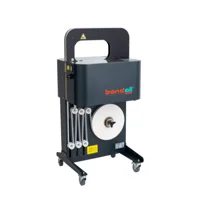
A sustainable perspective
The packaging landscape is changing and the demands for future packaging are here. With mounting pressure from evolving regulations like the Packaging and Packaging Waste Regulation (PPWR), US Plastics Pact, and other global sustainability initiatives, packaging is being redefined.
The message is clear: less waste, more circularity, and smarter material choices.
So as new rules take shape, which packaging solution, bands or cardboard sleeves, is better prepared to meet the future?
Let’s take a closer look.
Minimal material use: Doing more with less
Future packaging isn’t just about protecting products or looking good on the shelf. It’s about doing more with less. One of the core demands of upcoming regulations is a significant reduction in packaging volume and material use.
Banding is already ahead of the curve. Its lightweight design uses a thin strip of paper or film to secure, brand, and label products with minimal material. Bands offer full functionality while keeping material use low.
Cardboard sleeves, while capable of branding and product protection, haven’t yet adapted to this push for minimalism. Their bulkier format requires more material and it remains uncertain how they’ll evolve and perform under tighter restrictions.
Material make up
Sustainability isn’t just about less material, it’s about better materials. Regulations are prioritizing recyclability and mono-material solutions to support a circular economy.
Cardboard sleeves may seem like a sustainable option, but the recyclability of the materials tell a different story. Cardboard is a thicker, more fiber-dense material, which inherently requires more water, energy, and processing time to break down during recycling. The situation becomes even more complex when sleeves are coated for moisture resistance or heavily printed for branding. These added layers can clog recycling systems, slow down processing, or even lead to the material being rejected entirely.
Bands, typically made from thin paper or BOPP film, are lightweight and coating free. This makes them far easier to recycle. Their minimalistic structure means less material to break down, and when used with matching mono-material packaging (e.g., paper band with cardboard tray), they streamline the sorting process. This further helps ensure the material actually gets recycled.
| Banding | Cardboard Sleeves | |
|---|---|---|
| Uses minimal material | ||
| Material type | Paper/Film | Cardboard |
| Designed for recyclability | ||
| Regulation-ready | ||
| Lightweight packaging | ||
| Speed of packaging | Fast | Slow |
| Minimal product coverage | ||
| Tamper evidence | ||
| Waste generation | Low | High |
| Environmental impact | Low | Higher |
| Adapts to many shapes and sizes | ||
| Minimal manual handling |
Efficiency of packaging: One material, many uses
When it comes to future-proof packaging, efficiency isn't just about using less material. It's about making that material go further.
Bands are adaptable, capable of securely packaging products of varying shapes and sizes using the same strip of material. Whether it's a single item, a bundle, or something irregular, one banding setup can handle them all.
In contrast, cardboard sleeves are built for one product and one size only. Their rigid, pre-designed format makes them inflexible. If your packaging needs change, the sleeve has to change to or a new solution has to be found. This results in more material usage, more waste, less flexibility, and more complexity.
Future-proof means forward-thinking
As sustainability targets become non-negotiable and regulations tighten, packaging solutions must evolve or risk being penalized.
With its low material use, high recyclability, flexible application, and ability to support mono-material strategies, banding is positioned to meet future standards. Cardboard sleeves, while still relevant today, face bigger hurdles when it comes to meeting tomorrow’s packaging demands.
Questions about our banding solutions?
Together we can find opportunities to optimize your packaging.
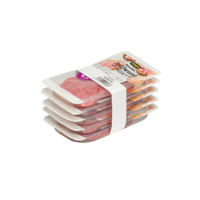
Bands vs sleeves: Practical solutions
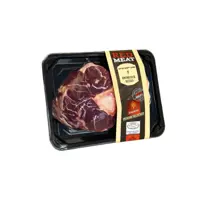
Bands vs sleeves: Impact of weight
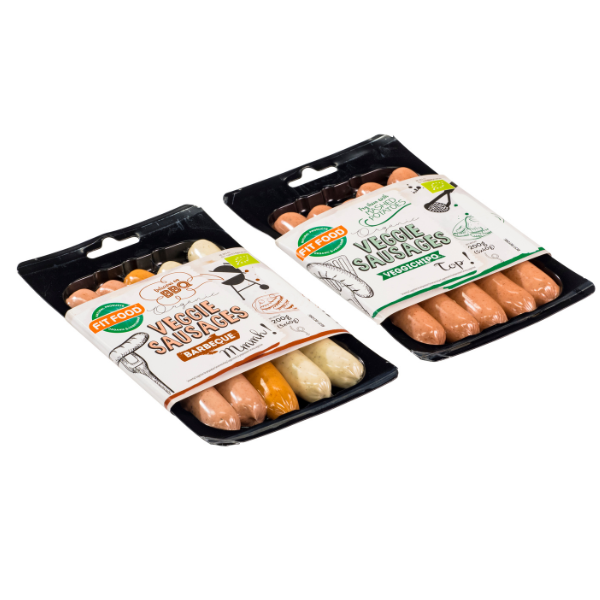
Band vs sleeves: Which is more efficient?

Banding vs. other solutions
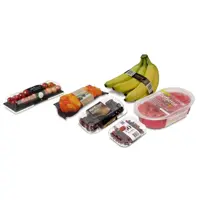
Benefits of banding

Zwartz - From shrink wrap to paper bands

Novatrade - Improved quality and efficiency
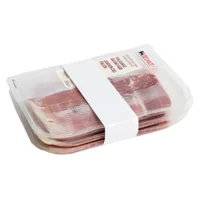
Packaging food products
